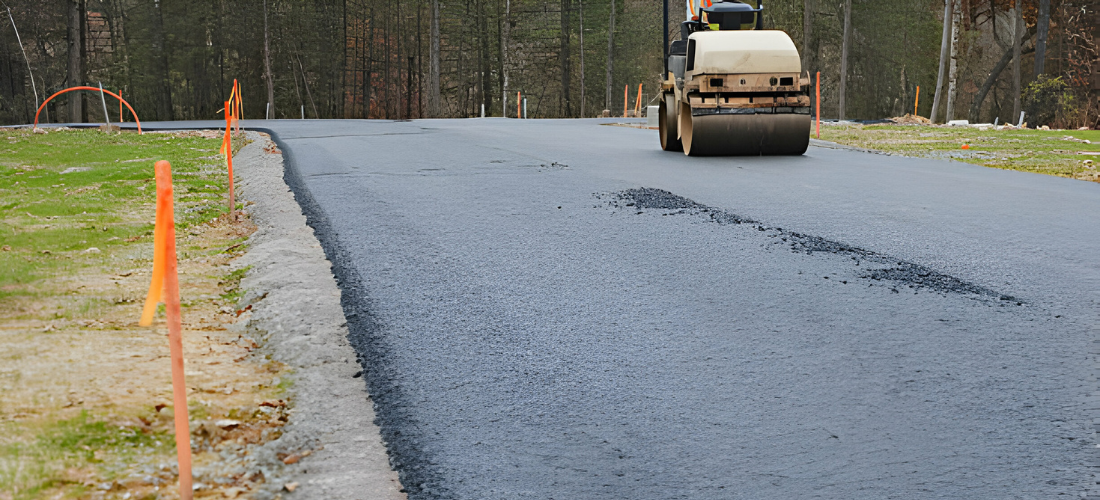Highways serve as the lifelines of modern transportation, facilitating the movement of
people and goods across vast distances. However, maintaining these critical arteries
of infrastructure poses significant challenges for transportation agencies around the
world. From battling the elements to managing heavy traffic volumes, highway
maintenance requires careful planning, diligent execution, and innovative strategies
to ensure safe and smooth travel for motorists. In this article, we explore the key
challenges faced by highway maintenance crews and the strategies employed to
overcome them.
- Challenge: Weather and Environmental Factors
One of the primary challenges in highway maintenance is the impact of weather and
environmental factors. Extreme temperatures, precipitation, and natural disasters
can wreak havoc on road surfaces, leading to deterioration and safety hazards.
Strategies to address this challenge include:
Regular Inspections: Conducting frequent inspections to identify weather-related
damage such as potholes, cracks, and erosion.
Weather Forecasting: Utilizing advanced weather forecasting technology to
anticipate adverse conditions and mobilize maintenance crews proactively.
Surface Treatments: Applying protective coatings and sealants to mitigate the effects
of weathering and extend the lifespan of road surfaces. - Challenge: Heavy Traffic Loads
Highways experience constant wear and tear due to the relentless passage of
vehicles, including commercial trucks carrying heavy loads. This heavy traffic
exacerbates pavement deterioration and requires ongoing maintenance efforts.
Strategies to manage heavy traffic loads include:
Strengthening Pavements: Using durable materials and construction techniques to
withstand the stress of heavy traffic and reduce the frequency of repairs.
Weight Restrictions: Implementing weight restrictions or axle-load limits to mitigate
damage caused by oversized or overweight vehicles.
Traffic Management: Employing strategies such as lane closures, speed restrictions,
and detours to minimize disruption during maintenance activities. - Challenge: Aging Infrastructure
Many highways around the world suffer from aging infrastructure, with roads,
bridges, and other elements nearing the end of their design life. Addressing this
challenge requires a combination of maintenance, rehabilitation, and modernization
efforts. Strategies for managing aging infrastructure include:
Asset Management: Implementing asset management systems to prioritize
maintenance activities based on the condition and criticality of infrastructure assets.
Investment in Rehabilitation: Allocating funding for rehabilitation projects aimed at
extending the lifespan and improving the performance of aging highways and
bridges.
Innovative Technologies: Embracing innovative technologies such as advanced
materials, construction methods, and monitoring systems to enhance the durability
and resilience of infrastructure.
- Challenge: Budget Constraints
Budget constraints pose a perennial challenge for transportation agencies tasked
with maintaining vast highway networks. Limited funding can restrict the scope of
maintenance activities and delay much-needed repairs and upgrades. Strategies to
address budget constraints include:
Cost-Effective Solutions: Identifying cost-effective maintenance techniques and
materials that deliver maximum value within budgetary constraints.
Public-Private Partnerships: Collaborating with private sector partners to leverage
additional funding and expertise for highway maintenance projects.
Advocacy and Funding Initiatives: Engaging stakeholders, policymakers, and the
public to advocate for increased funding and investment in highway maintenance
and infrastructure.
Conclusion
Highway maintenance is a complex and ongoing endeavor that requires careful
planning, proactive management, and strategic investments to ensure safe and
smooth travel for motorists. By addressing key challenges such as weather impacts,
heavy traffic loads, aging infrastructure, and budget constraints, transportation
agencies can uphold the integrity and reliability of our highway networks. Through
innovation, collaboration, and diligent maintenance efforts, we can continue to
enhance the safety, efficiency, and sustainability of our vital transportation
infrastructure for generations to come.

